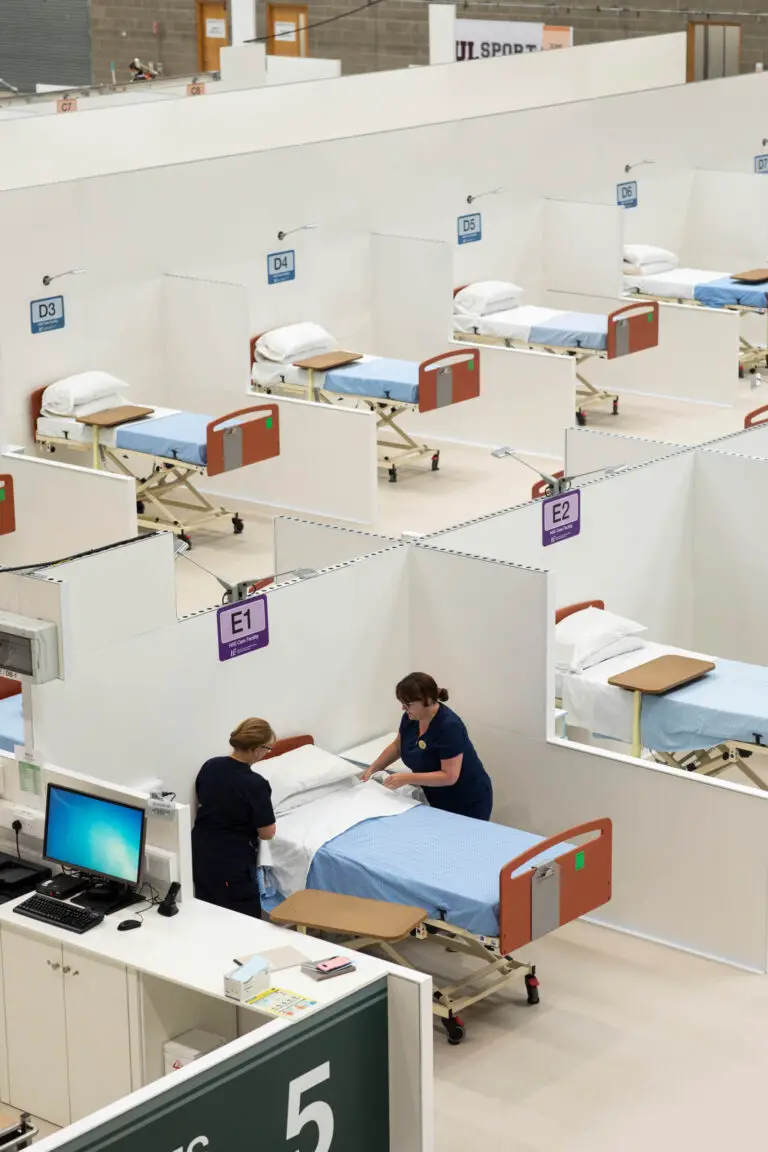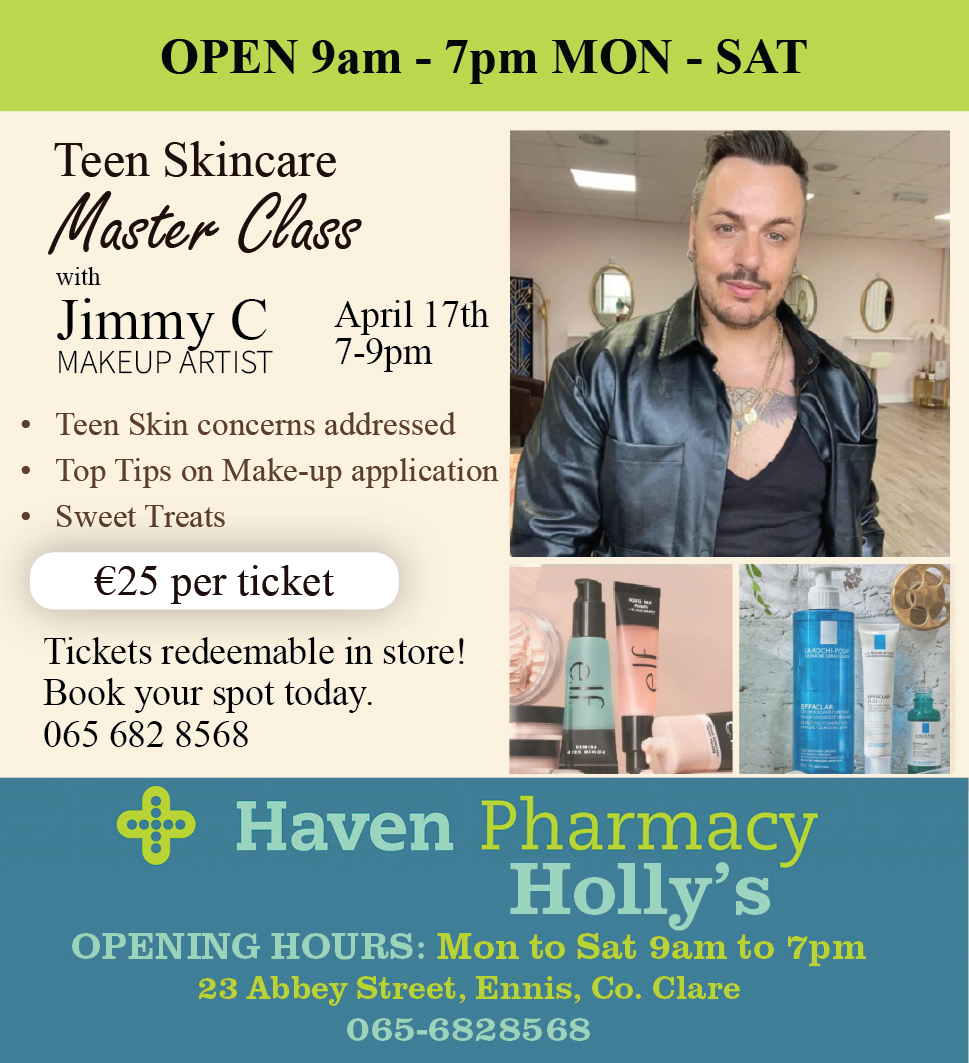*Photograph: Sean Curtin / True Media
Co Clare has seen a jump in new COVID-19 cases on par with levels recorded at the beginning of the month.
On Monday, the Department of Health announced 456 new cases across the country. 25 of these are located in Clare, the fifth highest increase reported. Other cases are located in Dublin (105), Limerick (85), Cork (43), Meath (38) and 160 split between 21 counties. The increase also marks the highest daily increase in Clare since the 15 (Oct 31st), 14 (Nov 2nd) and 21 new cases (Nov 5th).
Subsequently, the 14 day incidence rate per 100k of the population in the county has risen to 107.7. This is still below the national rate of 120.4 but the jump is a concern among leading health officials.
Continued rising cases in Co Limerick are linked to the outbreaks at University Hospital Limerick (UHL) and college parties, Dr Ronan Glynn said.
Health officials have been notified of an additional five deaths related to the virus. It brings the amount of deaths in the country since March from COVID-19 to 1,984. There have been 52 deaths in November compared with the 119 in October and 36 in September.
As of 2pm today 274 COVID-19 patients are hospitalised, of which 33 are in ICU. 10 additional hospitalisations in the past 24 hours.
Speaking at Monday’s press briefing, Deputy Chief Medical Officer, Dr Ronan Glynn said the national progress of recent weeks has stalled. He acknowledged that the public have become fatigued with the messaging surrounding measures to reduce the spread of the virus.
There is no one cause attributable to the rise in cases, Dr Glynn stated. He added that outbreaks were being recorded in workplace settings and in family related clusters. “To get into households people have to pick it up in the community. Our progress of recent weeks has stalled and in some cases it is deteriorating”.
He appealed to the public not to focus on Christmas and the various Levels but rather the basics of washing their hands, wearing a face covering and proper coughing and sneezing etiquette.
Weekend actions over the weekend in Dublin City which saw congregations of big crowds consuming alcohol were described by Dr Glynn as “particularly upsetting for the millions in the population doing the right thing and the business owners who have been particularly affected”.
According to the Deputy Chief Medical Officer, there are a “very significant silent majority doing the right thing and keeping our communities safe”.
Events like funerals are adding to the potential spread of Coronavirus, he flagged. “Any gathering where people know one another tends to result in people letting their guard down”.
Political pressure which resulted in an increase of the crowds permitted to attend funerals at the beginning of the second lockdown were not to blame, he said. “Whether it is 10, 25, 50 or 100 people it is our behaviour as individuals. We’re highlighting it because it is a concern, funerals continue at all time of the year unfortunately”.
While he stressed that it was “too early” to get overly excited about a vaccine, Dr Glynn expressed his hope and optimism surrounding further developments. “It is too early for people to drop their behaviour because of the potential of a vaccine,” he cautioned.
Chief Nursing Officer with the Department of Health, Rachel Kenna told Monday’s press briefing that the current uptake of the flu vaccine was sitting at 20 percent. “Ideally we would like this to be 50 to 60 percent for two to twelve year olds”. The protection the vaccine would provide to parents and grandparents was stressed by Ms Kenna as she encouraged parents and guardians to speak to their GPs “as soon as possible”.
A shortage of the flu vaccine is a lesson learned by health officials, Dr Siobhán Ní Bhriain, Consultant Psychiatrist and HSE Integrated Care Lead. People in particular categories are being prioritised, she highlighted. “We don’t have enough to vaccinate the whole population, it is a lesson,” Ni Bhriain outlined. Dr Glynn confirmed there was a sufficient amount to vaccinate children.


















